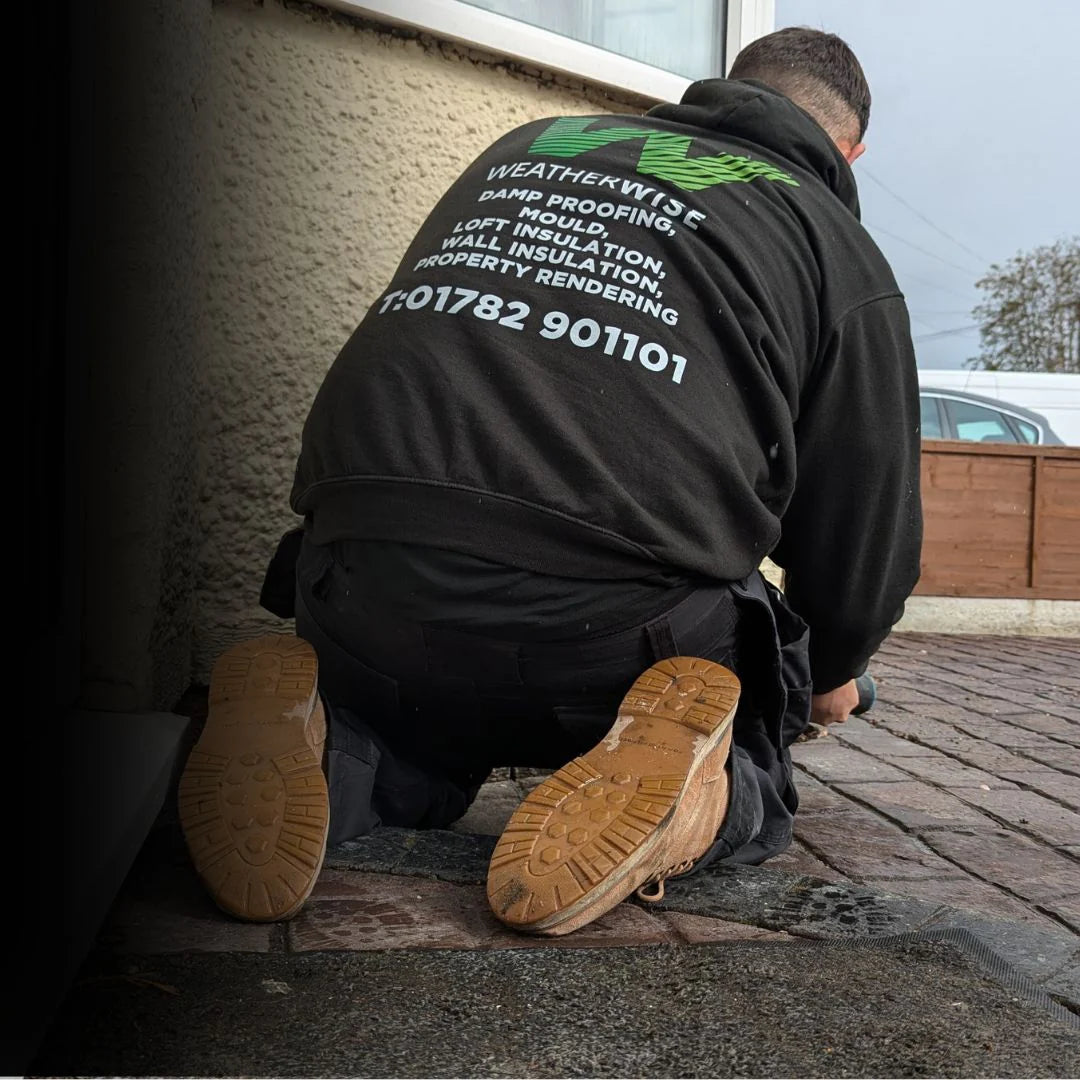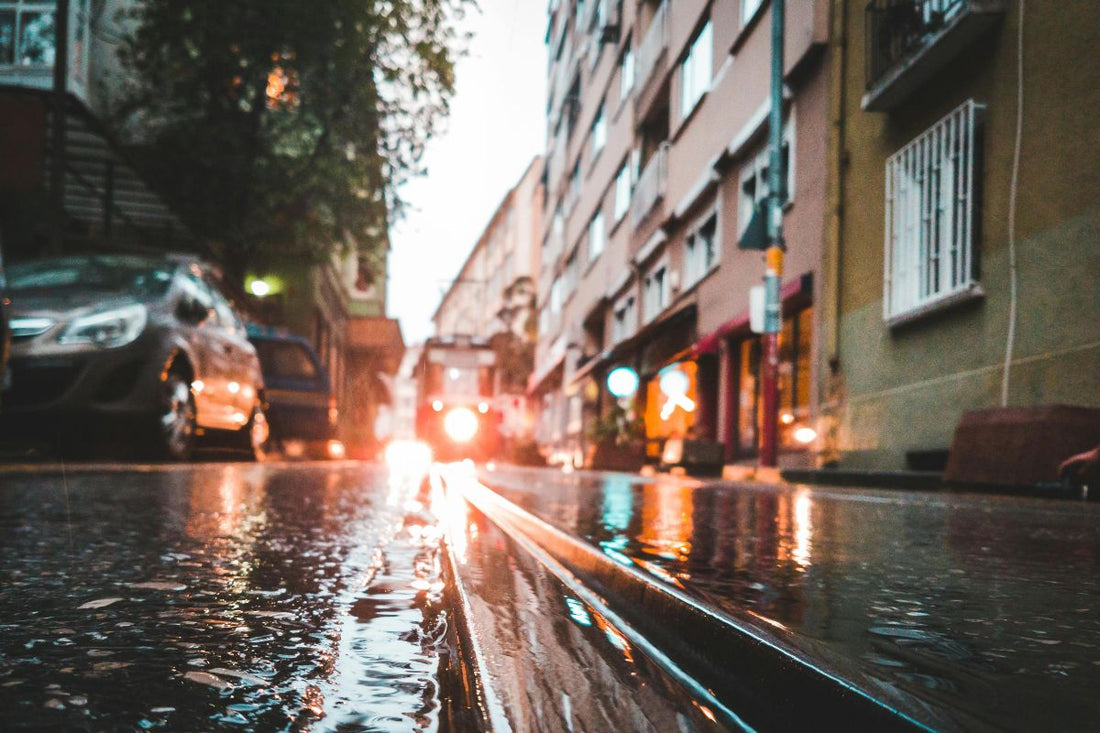Flood damage can devastate homes and businesses, leaving lasting impacts on structures, belongings, and health. Proper drying techniques are essential to restore flood-damaged buildings effectively, prevent secondary damage like mould growth, and preserve the integrity of the structure.
Below, we outline the best practices for drying flood-damaged buildings, incorporating industry standards and expert recommendations.
Understanding Flood Damage
Floodwaters transport contaminants including bacteria, heavy metals, oil, and pesticides. Such contaminants can pose serious health risks and compromise the safety of the property.
According to the Environment Agency, rapid intervention after flood incidents is critical because prolonged exposure to moisture weakens building materials and can lead to structural instability. Understanding the types of damage—both visible and hidden—is the first step toward effective remediation.
Initial Steps After a Flood
Before beginning the drying process, follow these precautionary steps:
- Assess Safety: Ensure the building is safe to enter by checking for hazards such as electrical issues or structural damage.
- Document Damage: Take photographs of affected areas for insurance claims.
- Remove Standing Water: Use industrial pumps or wet/dry vacuums to remove standing water as quickly as possible
Best Practices for Drying Flood-Damaged Buildings
To successfully restore a flood-affected property, professionals follow a sequence of proven drying methods that reduce moisture quickly, prevent mould growth, and protect structural integrity.
1. Enhance Ventilation
The first step in the drying process is establishing proper ventilation. Open windows and doors to boost natural airflow, and if feasible, use electric fans to further circulate air within the building.

According to research from the Building Research Establishment (BRE), efficient ventilation is key to initiating the evaporation process and reducing overall drying time.
2. Employ Dehumidification
Dehumidifiers are essential for removing excess moisture from the air. High-capacity units can significantly speed up the drying process by reducing humidity levels. This prevents mould growth and accelerates the evaporation of trapped moisture in walls and floors.
3. Control Temperature
Maintaining an optimal indoor temperature—ideally between 20°C and 30°C—further enhances moisture evaporation. In cases where natural temperature adjustments are insufficient, auxiliary electric heaters can be safely used to maintain consistent conditions.
Stable temperatures also help avoid condensation, which can occur when surfaces cool too rapidly.
4. Monitor Moisture Levels
To gauge the progress of the drying process, regularly use moisture meters to monitor dampness in building materials. For precise readings, intrusive (pin-type) moisture meters are recommended.
![moisture meter [Image credit: <a href="https://commons.wikimedia.org/wiki/File:MoistureMeter1.jpg">Etan J. Tal</a>, <a href="https://creativecommons.org/licenses/by-sa/4.0">CC BY-SA 4.0</a>, via Wikimedia Commons]](https://cdn.shopify.com/s/files/1/0885/7963/7529/files/moisture-meter_600x600.jpg?v=1744541323)
These measurements help ensure that hidden pockets of moisture are identified and addressed before they lead to mould or structural issues.
5. Utilize Specialized Equipment
For large-scale drying projects or severe water damage situations, professional-grade equipment is indispensable. Air movers, industrial fans, and desiccant dehumidifiers are designed to reach hard-to-access areas and ensure uniform moisture removal across the entire structure.
This approach, endorsed by guidelines from the British Standards Institution (BSI), is proven to deliver the most efficient drying results.
Challenges in Drying Flood-Damaged Buildings
Despite advancements in drying technologies, challenges remain:
- Time Constraints: The longer moisture remains, the higher the risk of mould growth and further structural degradation. Immediate intervention is vital.
- Complexity of Materials: Porous materials such as drywall and insulation are more challenging to fully dry compared to non-porous surfaces, often requiring extended drying times.
- Lack of Guidance: Recent studies (as highlighted by research from the Energy Saving Trust) indicate that while best practices are continually evolving, there is still room for establishing more standardized flood restoration protocols in the UK.
Get Professional Help for Flood Damage Today

If your property in Stoke-on-Trent has been affected by flooding, Weatherwise Damp & Mould Specialists are here to help! With years of expertise in water damage restoration, we specialize in drying flood-damaged buildings using state-of-the-art equipment and sustainable methods.
Contact us today for a free assessment and let us restore your home or business to its pre-flood condition.



